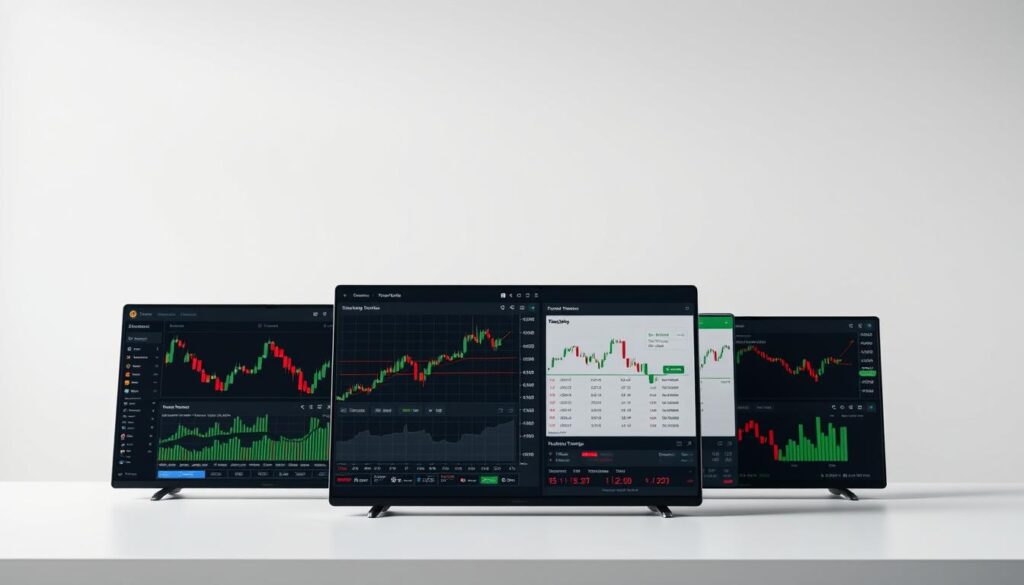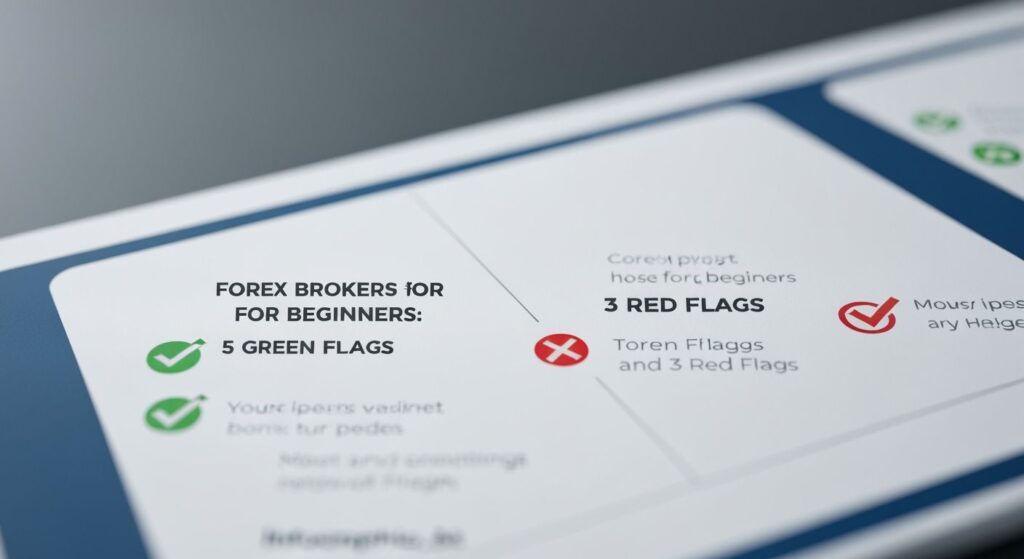Many new traders view practice platforms as casual games rather than critical training tools. This mindset often leads to wasted opportunities. Simulated environments mirror real markets but require discipline to build skills like risk management and strategy testing.
Data shows 69% of retail investors lose money trading leveraged instruments like CFDs. These complex products amplify gains and losses, making preparation vital. Yet beginners frequently skip mastering basics before risking capital.
Effective practice involves treating virtual funds as real money. Tracking trades, analyzing mistakes, and refining techniques create muscle memory for live markets. Without this rigor, learners repeat errors instead of evolving strategies.
Understanding margin risks and psychological pressures separates successful traders from the majority. Simulators offer safe spaces to navigate volatility without financial consequences. They’re not playgrounds—they’re rehearsals for high-stakes decisions.
This guide reveals how to transform wasted time into actionable growth. Discover methods to leverage free tools, avoid common pitfalls, and bridge the gap between theory and execution.
Understanding Forex Demo Accounts
Mastering financial markets begins with understanding the tools at your disposal. Simulated platforms offer a sandbox where learners interact with price movements mirroring live exchanges. These systems use virtual balances, letting users explore market mechanics without financial exposure.
What Are Simulated Trading Systems?
These platforms replicate real-market conditions using artificial funds. Registration typically requires basic details like name and contact information. Some providers automatically reset balances or close inactive profiles after 14 days to encourage focused learning.
Advantages of Risk-Free Experimentation
Virtual systems allow testing strategies across different market scenarios. Users can:
- Practice executing orders with real-time data feeds
- Compare multiple approaches using separate profiles
- Learn platform tools like stop-loss orders and charts
This environment builds confidence through repetition. Traders develop muscle memory for analyzing trends and managing positions. While virtual profits don’t translate to real gains, the skills acquired form critical foundations for future success.
Navigating Trading Platforms and Tools

Modern financial platforms are packed with features that can overwhelm new users. Learning to navigate these systems effectively separates prepared traders from those who struggle. Practice environments provide safe spaces to master layout, tools, and execution workflows.
Exploring Platform Interfaces and Features
Understanding platform mechanics starts with order execution. Users practice placing market, limit, and stop orders—the critical first step in trade management. Charting packages with technical indicators like RSI or MACD help identify patterns, while drawing tools let traders mark support levels visually.
Platforms like JForex4 replicate live environments precisely. This allows testing advanced functions such as:
- Adjusting stop-loss thresholds during volatile swings
- Setting take-profit targets based on Fibonacci extensions
- Monitoring open positions across multiple timeframes
Consistent practice builds familiarity with risk management fundamentals. Traders learn to modify trades mid-session and interpret real-time data feeds. These skills create muscle memory for handling live markets confidently.
Mastering interfaces transforms hesitation into decisive action. Every click practiced in simulation becomes instinct during high-pressure scenarios.
Maximizing a forex demo account for Skill Building

Skill development in trading demands more than casual experimentation. Simulated environments become powerful when approached with structured learning objectives. These systems let users engage with price fluctuations mirroring actual exchanges while safeguarding capital.
Simulating Real Market Conditions
Practice platforms replicate live scenarios through historical data feeds. While execution speeds might differ slightly, traders can test approaches across various economic cycles. This reveals how strategies perform during:
- High volatility events like earnings reports
- Liquid market hours with tight spreads
- Low-volume sessions prone to slippage
Analyzing performance across multiple instruments—including stocks and indices—builds adaptability. Tracking results in diverse conditions helps identify patterns worth refining.
Testing Trading Strategies Risk-Free
Virtual environments enable systematic validation of technical approaches. Traders should document every trade’s rationale and outcome. This creates measurable data for optimizing entry points and exit rules.
Experimenting with different timeframes proves valuable. Day trading scalps require different skills than weekly position holds. Consistent practice across styles helps discover personal strengths while managing emotional responses to gains or losses.
Key refinement steps include:
- Comparing strategy performance across 3+ market phases
- Adjusting position sizing based on volatility metrics
- Reviewing trade journals weekly for recurring errors
This disciplined approach transforms theoretical knowledge into executable plans. When practice mirrors real stakes, transitions to live markets become smoother.
Transitioning from Demo Trading to Live Markets

Shifting to real trading involves confronting unseen challenges beyond virtual simulations. While practice environments teach mechanics, live markets introduce variables like latency and emotional pressure. Preparation requires understanding these gaps to avoid costly mistakes.
Understanding Execution Speed and Slippage
Simulated trades often execute instantly—live markets don’t. Real orders face delays from liquidity shortages or sudden price shifts. For example, during news events, EUR/USD positions might fill 5 pips away from expected prices. This slippage erodes profits if unaccounted for.
Managing Psychological Impacts and Risk
Virtual losses feel trivial; real losses trigger fear or greed. Traders often abandon strategies after two failed trades. Combat this by:
- Setting daily loss limits (e.g., 2% of balance)
- Using a trade journal to spot emotional patterns
- Practicing breathing techniques during drawdowns
Steps to Transition from Virtual to Real Money Trading
Start small. Allocate 10% of intended capital initially. Follow this roadmap:
- Test strategies in both demo and live accounts simultaneously
- Compare performance metrics like win rate and slippage impact
- Gradually increase position sizes over 8-12 weeks
Track every decision. Markets reward adaptability, not perfection.
Stepping Into the Future of Trading
Financial markets evolve constantly, demanding traders adapt to new technologies and regulations. Simulated environments remain essential for navigating these changes safely. They provide spaces to test emerging tools like AI-driven analytics or updated CFD protocols without risking capital.
Seasoned professionals often revisit practice platforms to refine strategies. Markets shift – what worked yesterday may falter tomorrow. Regular sessions in virtual environments help identify adjustments needed for evolving conditions.
Effective learning combines these tools with structured education. Many trading courses now integrate simulated scenarios to reinforce lessons. This blend accelerates skill development while teaching proper leverage management and emotional control.
Beginners should prioritize platforms offering real-time data and diverse asset classes. Start by:
- Setting measurable goals for each practice session
- Comparing performance across different market phases
- Reviewing trade histories to spot improvement patterns
Mastering markets requires treating every virtual trade as real. Discipline practiced today becomes tomorrow’s competitive edge.



